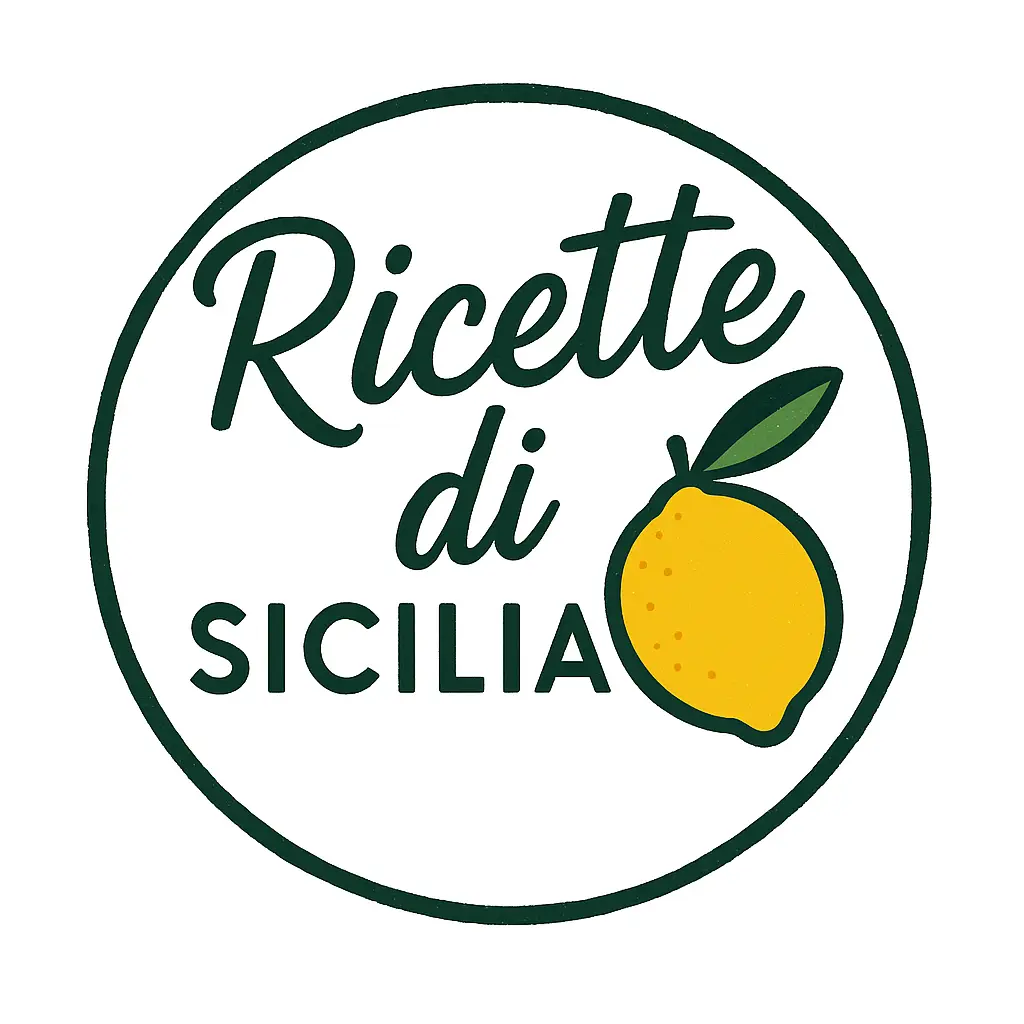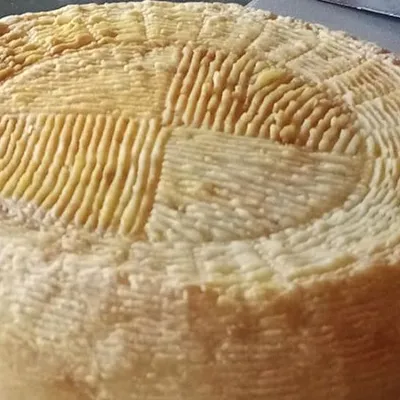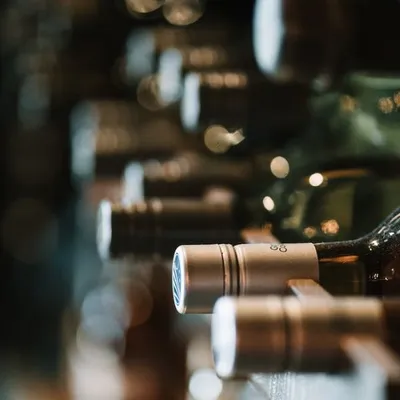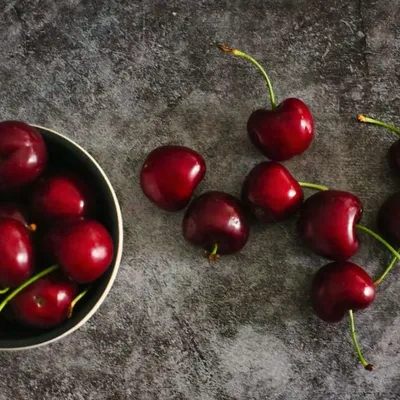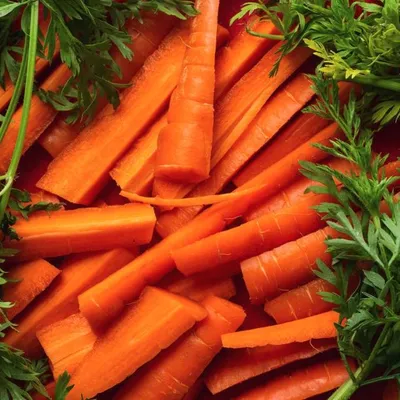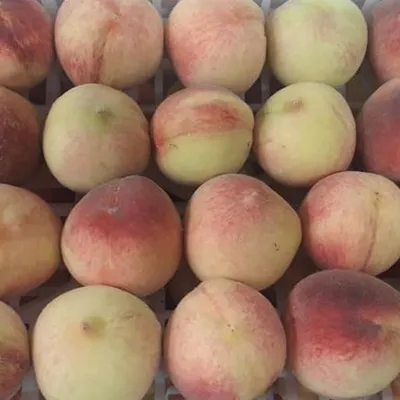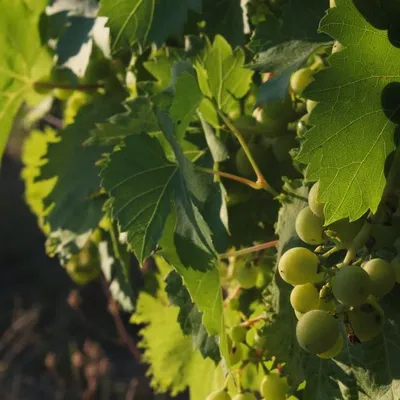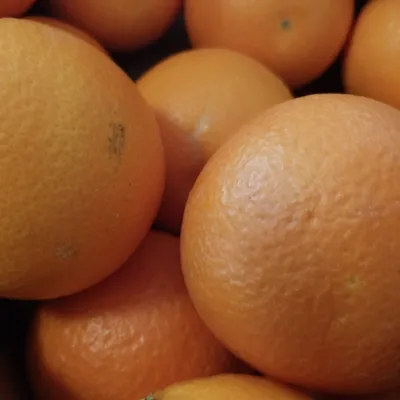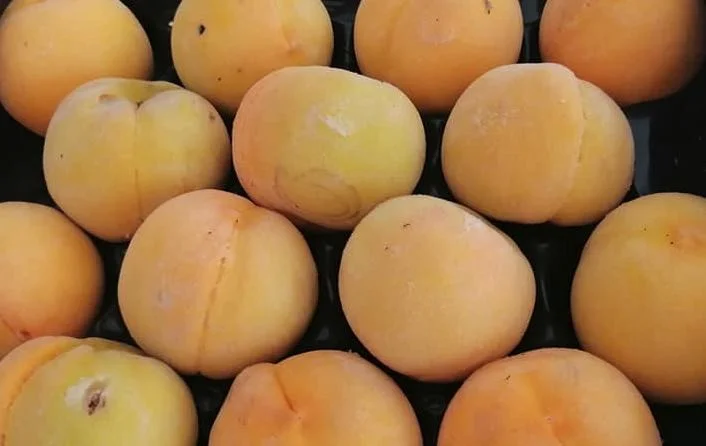
Many of the culinary excellences we’ve discussed owe their uniqueness to the distinct terrains of the vast Sicilian landscape. However, some have also thrived thanks to human intervention, which supports rather than alters nature. This is the case for the late Leonforte IGP peach, also known as the “septemberina” due to its longer maturation period. This is achieved through a unique technique used by the farmers of Leonforte and the entire Enna region: the fruit, once formed, is literally bagged in parchment paper to extend the ripening process.
This results in white or yellow peaches with a sweet and intense flavor, while maintaining their shape. The bagging of the Leonforte peach, which received the IGP mark, doesn’t affect the fruit’s growth.
Between Myth and History
The history of the peach originates from the Far East, with roots in myths and legends. A popular tale tells of a fisherman who discovered a strange stone inside a massive fish he caught, which he decided to plant. Soon, a tree with pink blossoms and sweet fruits grew, which he named “peaches.” Leaving myth aside, it’s from China that the history of this fruit truly begins. Scientists have found fossilized peach stones dating back more than 2 million years. Predating humans, the peach tree was domesticated and traveled to Persia via caravans, where it obtained the name we know today. The scientific term is indeed “prunus persica,” and this name in Italian is the origin of the word “pesca.”
The Peach Tree
Over centuries, peaches spread worldwide in various forms, including canned peaches developed in the 20th century to address the lack of fresh fruit. Today, the world’s leading producer is China, where the peach tree remains a symbol of immortality. Italy follows as the second-largest producer, and its landscape is dotted with prunus persica trees. The trees can reach up to 8 meters tall, blooming with vibrant pink flowers in spring. By early summer, the flowers give way to the fruit, known as drupes due to their pits. These peaches have a yellowish skin with red streaks and yellow or white flesh, depending on the variety.
The Discovery of Leonforte Peach
In the Leonforte IGP peach region, two main varieties are cultivated: “Bianco” and “Giallone”. The hilly areas provide the ideal habitat. Here, peach trees grow naturally among citrus groves. Until the last century, farmers from Leonforte, as well as Assoro, Enna, Calascibetta, and Agira, primarily farmed and sold citrus fruits, paying little attention to peach trees. Over time, however, they recognized the uniqueness of these fruits and established specialized orchards. This decision seemed promising, yet faced with a significant threat: the Mediterranean fruit fly. The troublesome Ceratitis capitata, a 4mm insect with a fondness for drupes, challenged the farmers, who responded by wrapping branches in large bags to shield the peaches from insect attacks—a method that proved effective.
A Brilliant Idea
At this point, the Leonforte producers made a bold move: instead of bagging the branches, they bagged the individual drupes. The process begins in June when the drupes are still small. This is the perfect time to enclose the fruit in parchment paper, protecting it from pests and weather. This method also extends the maturation of the Leonforte peach, which is why it’s often called late or septemberina. Unlike other Italian peaches, the Leonforte variety is harvested by hand from September to November, gently twisting the stem until it separates from the branch.
Characteristics of Leonforte IGP Peach
Once the protective covering is removed, farmers enjoy the intense aroma exuded by the fruit, intact for three months in its bag, reaching consumers’ tables unchanged. Depending on the variety, the fruit may be yellow or white, both with faint red indentations. The internal flesh mirrors the variety’s color, showcasing a distinct crunchiness and strong connection to its pit. The intense sweetness, hinted by its aroma, prevails on the palate.
Uses for Leonforte IGP Peach
Given its sweetness, the late Leonforte peach is perfect to enjoy on its own but is also an excellent ingredient in desserts and jams. To preserve its unique production and taste, the Consortium obtained the Protected Geographical Indication (IGP) mark in 2010. To honor the peach and the local farmers who revived the area’s economy with their ingenious idea, the Annual Peach Festival has been held every October for over 40 years.
Fun Facts
We’ve mentioned the mythical origins of the peach. In the Sino-Japanese region, another legend ties the fruit to fisherman life on Mount Sondo in present-day South Korea. The mountain’s name means “supernatural peach,” inspired by a local fisherman who, after exploring a cave, found a village where he was served peaches with unmatched flavors. Still a symbol of immortality in China, the fruit was once associated with Harpocrates, the ancient Egyptian god of silence.
